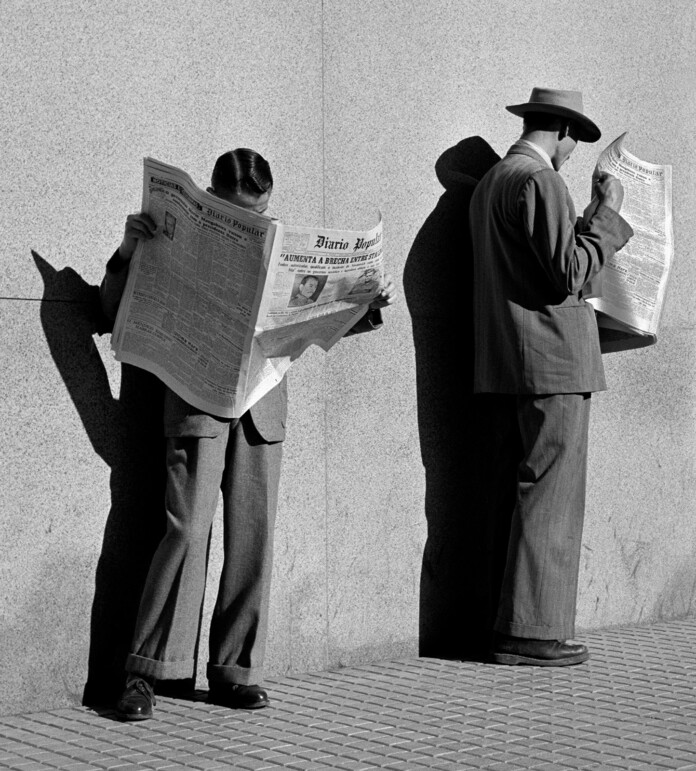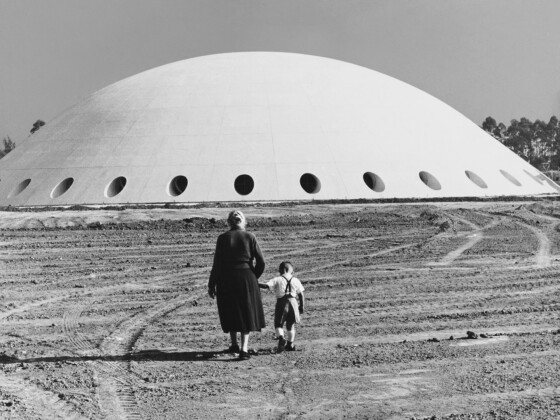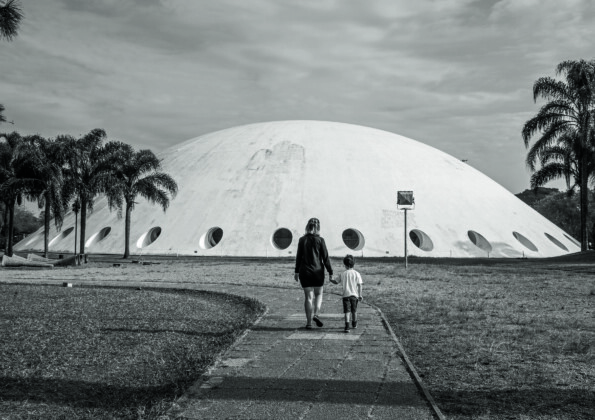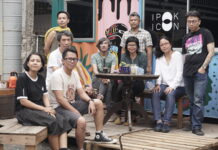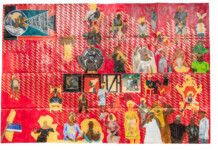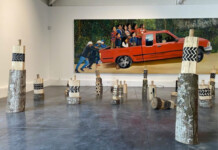*By Simonetta Persichetti
in almost all photographers there is a flâneur soul, the pleasure of wandering through the cities, looking with attentive eyes and making discoveries. The flâneur kept these images in his memory, the photographer returns his impressions in a photograph. To narrate everyday life, point out what deserves to be seen, stop to observe small details, situations for which no one would give a damn about. This is how German Lorca (1922-2021) parades his photographs under our eyes. A watchful, critical and often ironic look.
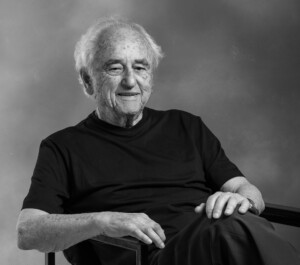
Born in 1922 – theoretically the year that modernism exploded in Brazil – this paulistano hailed from the neighborhood of Brás, son of Spanish immigrants, of restless walk and easy smile, knew the world by the photographs he saw in the press, in newspapers, in magazines. In 1940 he graduated in accounting, a profession that seemed tight for him. He wanted to wander, photograph, walk through that city of the 1940s that was modernizing, growing. He wanted its reflexes, lights, narratives. And it was in one of these tours that he made a first impact photograph in 1947: a protest against the increase of trams tickets’ price in São Paulo. He was charmed by his record. Two years later he joined the Foto Cine Clube Bandeirante, which became known for bringing modernity to Brazilian photography. It was at Foto Cine Clube Bandeirante that names like Thomaz Farkas, Marcel Giró, Geraldo de Barros and Gaspar Gasparian started experimentalism, breaking boundaries and bringing an image that played all the time with the European avant- gardes, with surrealism, with photographic techniques, besides being a center of discussion and dissemination of photography. It was in this environment that Lorca decided to devote himself entirely to photography.
In his first images, the city of São Paulo remained the main search. So little photographed in its immensity, very judged on its appearance. Whoever defines it as ugly doesn’t know it. Those who define it as enigmatic feel attracted and seek in it some way to understand it. It may be via music, verse, literature, but considerably, the image gives the best homage. Much has been shown, few times it has been understood. Often defined as stone city, gray city, rain and drizzle city. Beloved city, hated city. But it was in its corners and nooks that Lorca discovers and rediscovers it. A city he has always photographed.
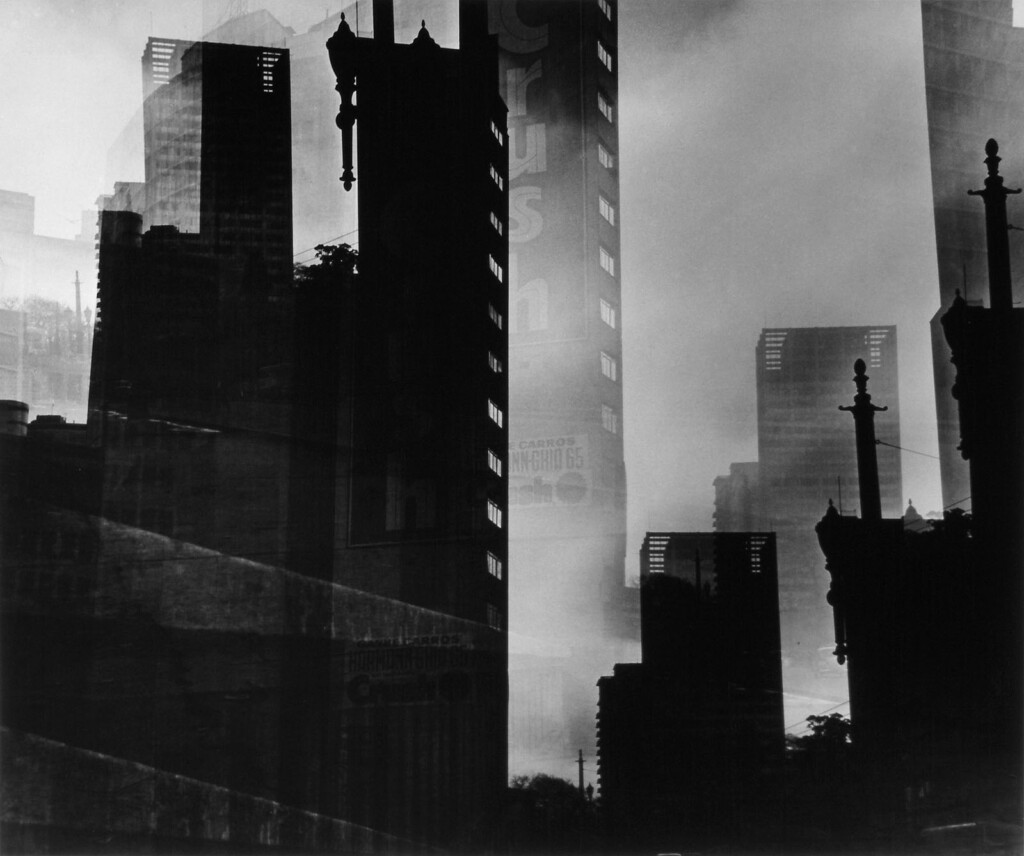
In the early 1950s, he opened his photographic studio, moving away from Foto Cine Clube Bandeirante to become a publicity photographer. Two years later he was the official photographer of the 4th Centenary of the City of São Paulo.
In advertising, he took his keen, polite and always irreverent look. To perceive the strength of trivial objects and make this apparent banality into an image that deserved to be seen. And just as he did when he walked the streets, he used the publicity image to question his realistic characteristics. He played with the image. He created doubt, at a time when no one spoke of post-production, but still he disconcerted the viewer’s gaze. Aesthetic games, games of looks, allusions and quotes. He created and had fun. All this combined with new technical possibilities and the freedom with which he used to work. And so it was also with his self-portraits and artistic photographs.
But the city continued to enchant him and, tirelessly, he continued to photograph it. In the late 1990s German Lorca left his studio under the responsibility of his sons and returned to his walk. In 2002 he performs an essay at Ibirapuera, which he had photographed in 1954 and in 2009 returns to the city center.
Tireless, he is enchanted by post-production, with the power to transform his images on the computer, recreate them and revisit his archive. To discover the power of color for your artwork. Doing, redoing, reviewing, have always been his motto. And that’s why in 2016, at the age of 94, he decided to go to New York, after MoMA bought part of his images together with those of other Brazilian modernist photographers, at a time of rebirth of this aesthetic. There he decided to resume an essay carried out in the 1960s and 1980s, more specifically in Central Park, already thinking about contemporary post-production. His last exhibition took place in 2018 at Itaú Cultural, in São Paulo, curated by Rubens Fernandes Junior and José Henrique Lorca, his son.
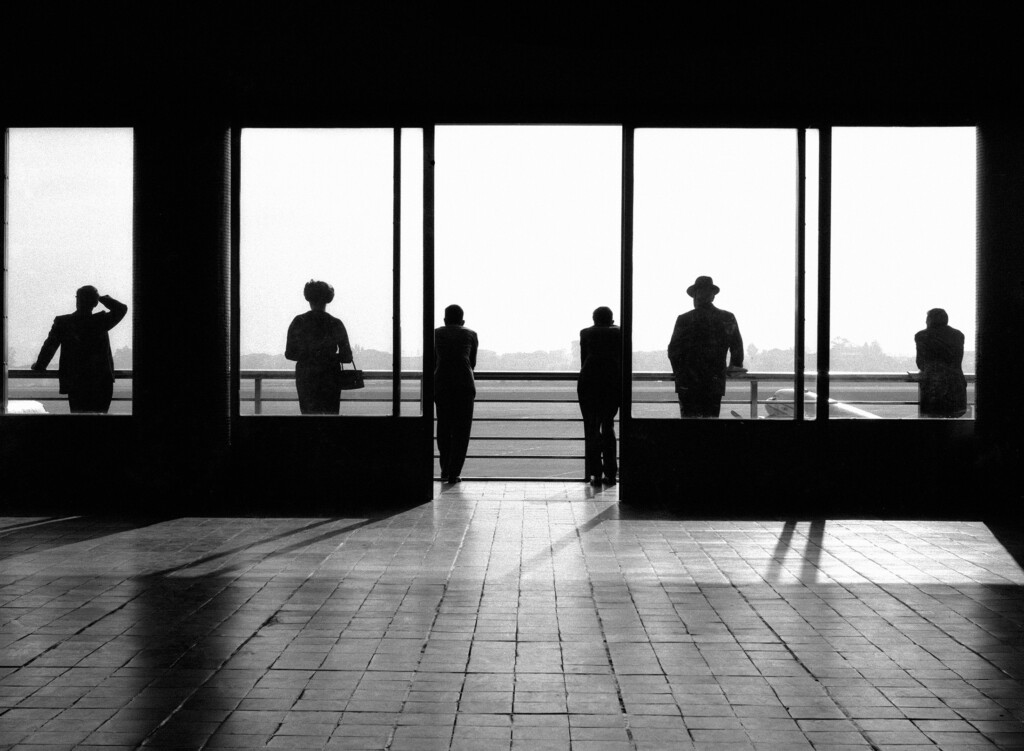
German Lorca died at the age of 99 on May 8, the day MoMA in New York opened the Fotoclubismo: Brazilian Modernist Photography and the Foto-Cine Clube Bandeirante, 1946-1964 exhibition, of which he is one of the authors. And he has left us more than 70 years of photographic experiences, of creative possibilities, of gazes that renew.
Leia em português, clique aqui.

